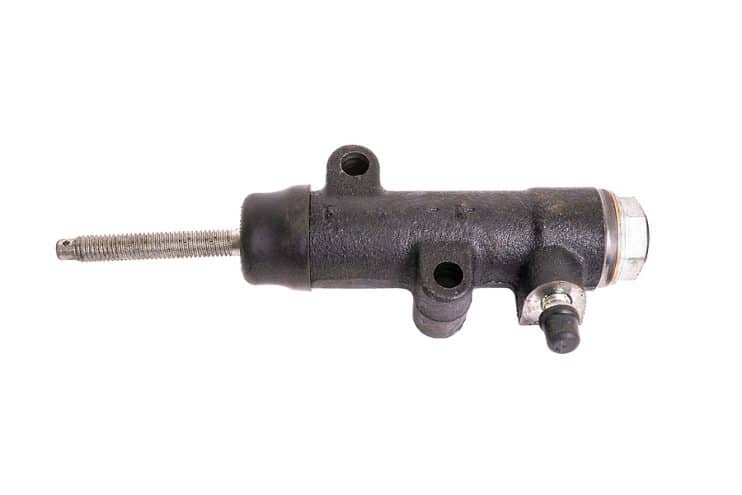
Discover why the clutch master cylinder is crucial to the smooth running of your car’s transmission system, signs that there’s a problem and ways to take action before the issue worsens.
Table of contents:
- What does the clutch master cylinder do?
- Symptoms and signs of a bad clutch master
- How to fix a failed clutch master cylinder
- How much does a clutch master cylinder cost?
What does the clutch master cylinder do?
The clutch master cylinder (not to be confused with the clutch slave cylinder) is a critical device that allows you to operate the clutch pedal. It’s a small metal cylinder mounted in the engine bay, with hydraulic fluid inside. When you press down the clutch, it pushes a piston that squeezes the fluid along the pipes. This creates hydraulic pressure, which operates the release bearing, allowing you to disengage the clutch plate from the flywheel. So, the master cylinder transforms your foot motion on the pedal into fluid power to disconnect the gears.
If anything goes wrong with seals or pipes that allow air in and fluid out, you’ll lose hydraulic pressure, resulting in a clutch pedal that feels spongy or odd. It means the master cylinder can’t generate the proper force anymore to operate the clutch smoothly. Grinding gears or the engine juddering and stalling are also clues that there’s a problem.
Symptoms and signs of a bad clutch master
Having issues with your clutch or finding it difficult to shift gears smoothly? Pay attention, as there are some indicators that your clutch master cylinder may be failing. Here are seven signs to look out for.
Low or dark clutch fluid
The same advice for brake fluid goes for clutch fluid. If the level in the reservoir has dropped but there’s no visible external leak, the fluid could be dripping out underneath onto the driver’s side floor. Pull back the carpet under the clutch pedal and have a look. If the liquid in the reservoir looks dark or has bits floating in it, your clutch master cylinder has an issue. Watch for air bubbles when you bleed the clutch, too. Bubbles mean air is getting inside, and they usually show up because of a leak or busted seal somewhere in the master cylinder.
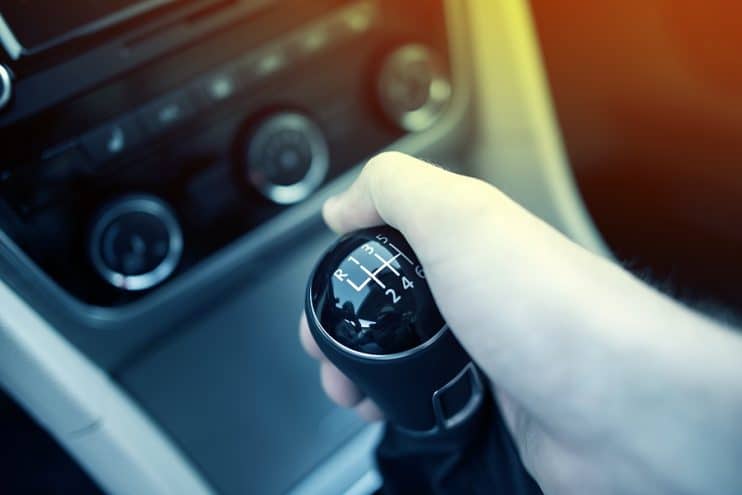
Difficulty changing gears
If you’re having issues shifting gears smoothly, it’s a common sign of a failing clutch master cylinder. You may also feel some vibration or pulsing through the pedal and hear a grinding noise. Because the cylinder can’t build up enough hydraulic pressure to move the clutch fork and release bearing to control the clutch plate action, the clutch drags or slips instead of making clean contact or separation.
At first, the problems may seem subtle, but they will gradually worsen and can result in complete transmission failure, so any issues are worth checking out promptly.
Loss of power
If there’s a total loss of power or your engine stalls, this is a significant sign that your clutch master cylinder is failing. You may notice that the clutch fails to disengage even when you press the pedal, causing the engine to stall. This can be very dangerous, especially if driving on the motorway or in heavy traffic.
Low or spongy clutch pedal
A soft or spongy clutch pedal signals low hydraulic pressure in the system. This is usually caused by fluid leaks or air getting in. You might spot some dripping brake fluid below the dash. Bleeding the system can temporarily help this problem, but if the spongey pedal returns quickly, the clutch master cylinder is likely damaged and leaking internally.
How far the clutch travels before you feel resistance is also crucial. This is around 1/2 and 1 1/2 inches on most vehicles before the clutch engages. Too much space means sloppy gear changes, while too little means your clutch will likely wear out before it should. If your clutch feels different, it’s time to take your vehicle to a trusted mechanic. If your clutch pedal sinks to the floor, it’s a sure sign that there isn’t enough hydraulic pressure and could indicate that your master cylinder has failed completely.
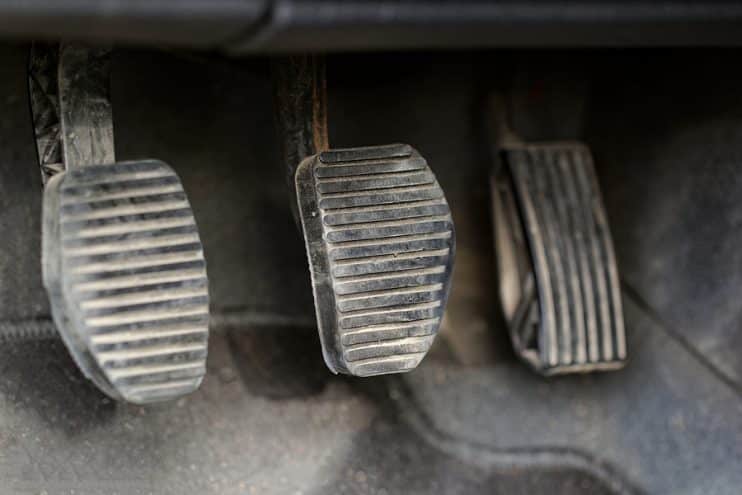
Hard or sticky clutch pedal
When the clutch is too hard to push down, the master cylinder might have blocked passages or damaged seals, affecting the flow of the clutch fluid. Worn transmission parts can also cause a stiff or jerky clutch pedal.
If you find your clutch pedal sticks to the floor even after you release it, you likely have very low fluid that’s full of air, or your master cylinder has failed. Any leaks need to be fixed fast to get the pedal working normally again, or you may have to replace or repair the master cylinder.
Bad clutch timing/clutch bite point
If the clutch fluid drops to low levels, you will notice that your clutch will start to engage at a different pedal position. Usually, you only press partway down to disengage the clutch. But with low fluid, you might have to push to the floor before it releases. This new engagement or clutch bite point could change suddenly, too – the clutch might work fine one day, then need a full press to shift gears the next morning.
Low fluid pressure also alters how smoothly the clutch engages. As the pressure plate meets the flywheel, engagement can be more abrupt. With the pedal level low, you must press it much further before pressure builds enough to disengage the gears. So shifting gears requires more movement, and it will feel more jarring. Either way, low fluid levels will mean that key components won’t function fully, leading to further problems if it’s not sorted out, so get your reservoir topped up.
How to fix a failed clutch master cylinder
The clutch master cylinder should be properly tested before replacing it. First, a mechanic will check that the clutch and transmission are working correctly. If they find the master cylinder has completely failed, you’ll need to get a new or used clutch master cylinder installed. This is tricky work, so it’s best to have it done by a specialist.
After swapping in the new cylinder, the air has to be bled out of the clutch fluid pipes. Removing air bubbles can be more complex than bleeding brake lines. Some cars need a specific machine to pressure the system to force the air out.
How much does a clutch master cylinder cost?
The typical cost for replacing a clutch master cylinder is around £200, with costs falling between £140 and £275. The price for the replacement depends on your car model, the parts recommended by the manufacturer, and the price of labour in your area of the UK.


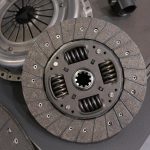
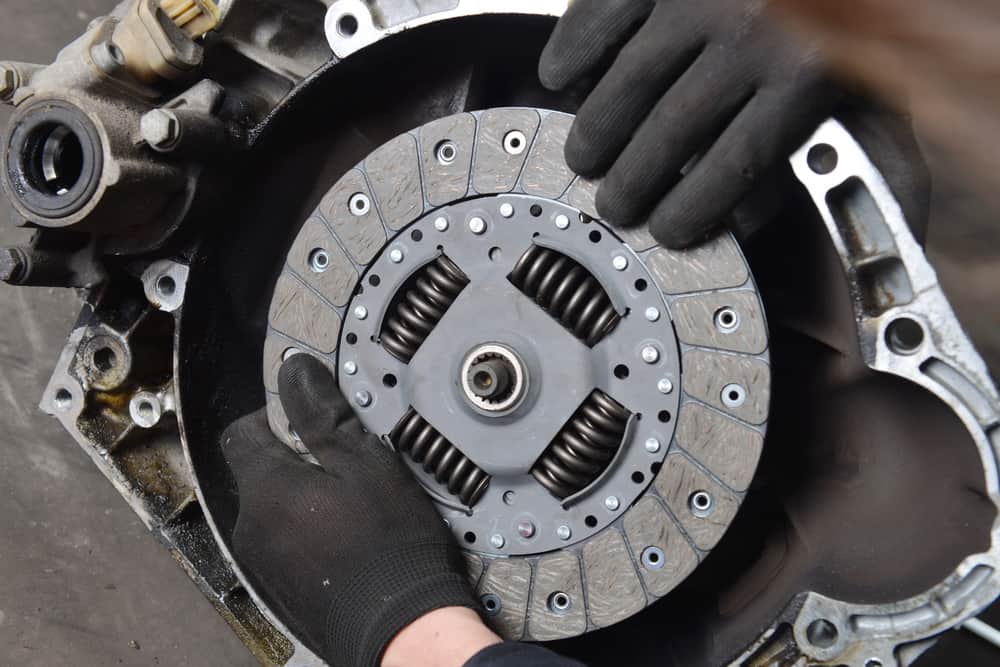
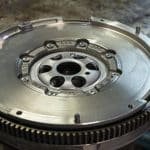
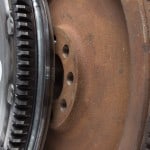
.png)